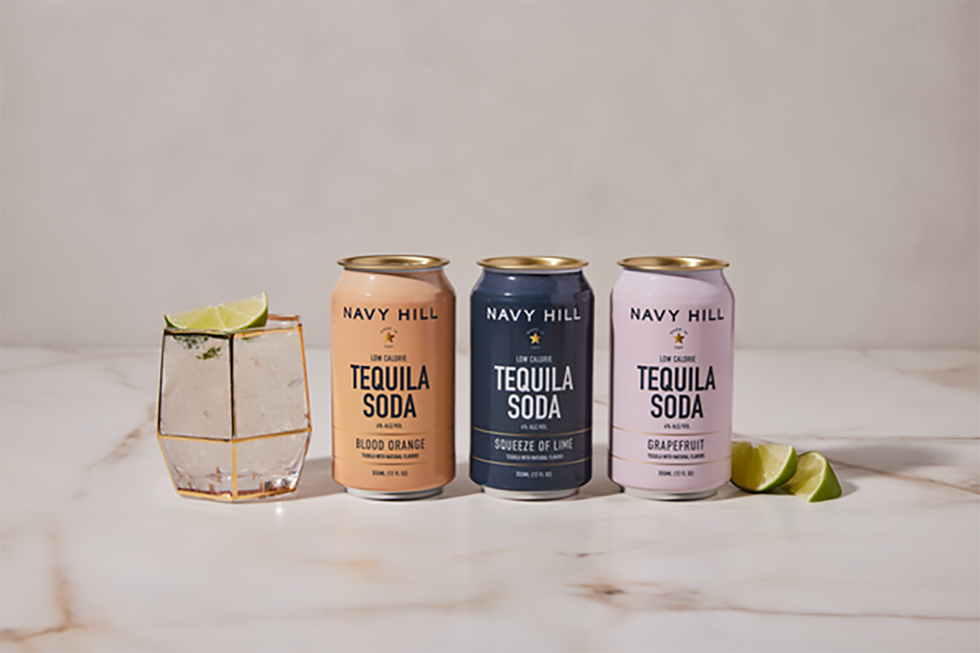Can you capture the sublime Tuscan atmosphere—fresh ingredients, sweet smells, flowers and leisurely pace—in Virginia? Not entirely, perhaps, but it’s worth a try.

Kale with golden raisins; polenta with roasted peppers; rabbit.
From my first glimpse of Tuscany, a single question nudges my jet-lagged brain. Why does it all feel familiar? It has nothing to do with heredity or some blood-memory of the homeland. My ancestors were a freckled lot from farther north who preferred potatoes to pasta and whiskey to wine. Yet as the Chiana Valley shimmers past the windows of our train, the sense of deja vu is undeniable. Then my husband names it—bingo. We’ve traveled 4,000 miles to bask in the famous beauty of Tuscany, and he points out the dizzying truth: “It reminds me of Shenandoah.”
Admittedly, Italy’s countryside is dotted with stone barns older than our nation, but with its similar topography, weather, agricultural landscape and seasonal residents—cicadas, fireflies and figs, morning glories and cedar trees and Queen Anne’s lace—the region felt a lot like rural Virginia.
Yet in Tuscany, something still feels different. It is slower. Better. The distinction, I theorize, has less to do with setting than with customs. Could the key to the region’s famed leisure culture be as simple as a different pattern of daily habits? And if so, I wonder, is it possible to recreate la dolce vita back home?
The traveling farmers’ market is in Camucia on Thursday. The streets are closed to traffic, and tight with stalls. The smell in the air is Porcetta. If you’ve been to a pig roast, you’ve got a decent notion of this specialty, though in Chiana the pig is deboned, seasoned and rolled before roasting overnight. The butcher stalls sit shoulder to shoulder. Husband-and-wife teams wear white aprons and wield machetes on the chopping block as customers show in inches how much meat they need.
Cheese stands line a different block. If the names on the stiff rinds aren’t familiar, pointing at a choice will do.
Farms from across the valley arrange crates into sidewalk mosaics: eggplants and apricots, zucchini and raspberries, a rainbow of peppers and grapes. Everything is local. Everything is fresh, inspiring cooks and non-cooks alike. On the hottest evenings, we snub the oven, piling the patio table with an assortment of olives—cured, dried, marinated—a trio of pears, a knot of mozzarella, half-a-pound of proscuitto and a loaf of fresh bread. It is an Italian farmer’s feast.
When the traveling market moves on across the valley, we visit the village grocer. From the doorway, the Metegliano shop looks like a crowded convenience store, but against the back wall stretches a butcher counter stocked with a startling variety of cuts. Nearly every part of the cow is present, as if a single beast were up for sale. Vivid red speaks to the meat’s freshness while marble whites signify that the cow was grass fed.
With gestures and cobbled phrases, we learn that our butcher has raised the beef himself. His leathery cheeks flush with delight as he points to a framed photo of a milk-white heifer. Chianina cattle are the world’s largest breed, and one of the oldest. Long prized for their naturally bleached leather and their flavorful meat, these cows are what gave the Chiana Valley its name.
In life and death, our new friend explains, his cattle never leave the valley. That sort of freshness can’t be faked and shouldn’t be fooled with. We leave with a stack of porterhouse steaks, each two inches thick, and cook them as we would any fine Black Angus raised and sold in the shadow of the Blue Ridge. Nothing fancy—just a hot grill. We drag the table onto the lawn to catch the last of the sun, and savor sliced tomatoes, wine and crusty bread with which we sop the steak juices.
Tuscany’s quality ingredients make cooking effortless, but we take breaks to explore what the region’s chefs are making with that same food. They too keep it simple. The best dishes have five ingredients or fewer and are served under that famous sun. Tables crowd sidewalks, alleys and rooftops regardless of the midday heat.
On a day trip to Florence, we duck into a specialty food shop near the Ponte Vecchio and ask the proprietor where he eats. Ten minutes later, we’re standing in a sunny public square where two cobblestone alleys intersect and fresh basil marks the boundaries of the Trattoria Quattro Leoni. The Four Lions.
The menu is typical Florentine, with its cream-based sauces and rich reductions—a style the world long ago labeled French. The pasta is made by hand in the tile-cooled dimness of the 16th-century kitchen. We sit on the terrace and order dishes of fresh fettuccine heaped with shaved truffles, and dishes of fiocchetti—hand-pinched pasta bundles filled with ripe pear and topped with a taleggio cheese sauce. Each bite hovers at the edge of tolerable richness. You can’t eat without making little moans.
And while we eat, the sun glows over the stucco walls. Doves coo after crumbs. A 6-year-old plays soccer in the bright piazza, and every so often our waiter uses his pepper mill to bat the ball off the awning, gently scolding the grateful boy. I rank that meal as our best, though in my memory the tastes and sights and smells are one.
We have no plans to visit Italy this summer, but I’ll be fine. I’m seeing Tuscany everywhere I turn. I see it in the Queen Anne’s lace fringing my garden, and in the fireflies’ evening dance. I feel it when we carry lunch onto the patio and linger at the table planning easy steps to the sweet life. Basil and peppers in pots by the back door? Check. Knowing my butcher by name? Check. Buying local? Dining under the summer sky? Spending twice as long eating as cooking? Check. Check. Check.
RECIPES:
Baked Polenta with Roasted Peppers, Kale with Golden Raisins








